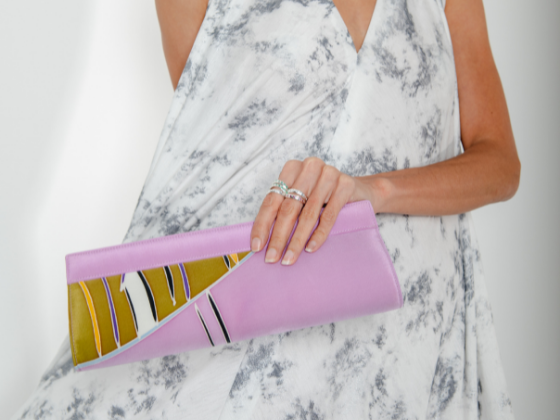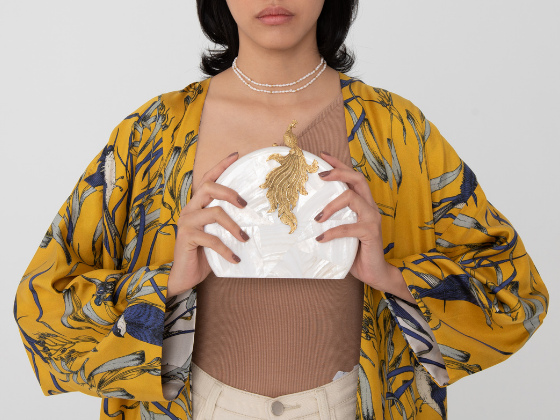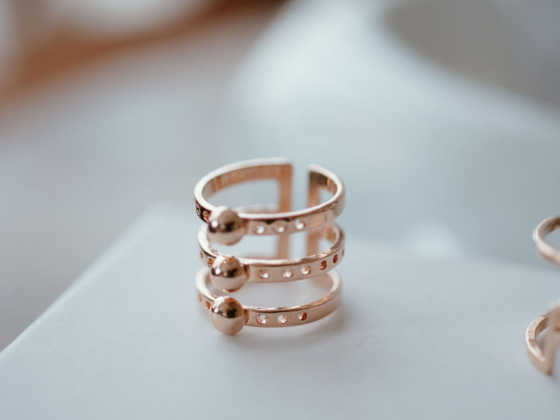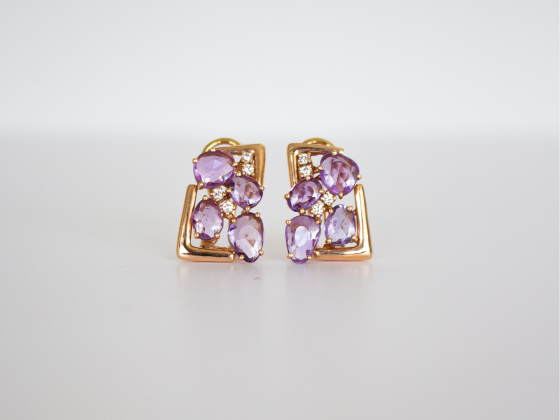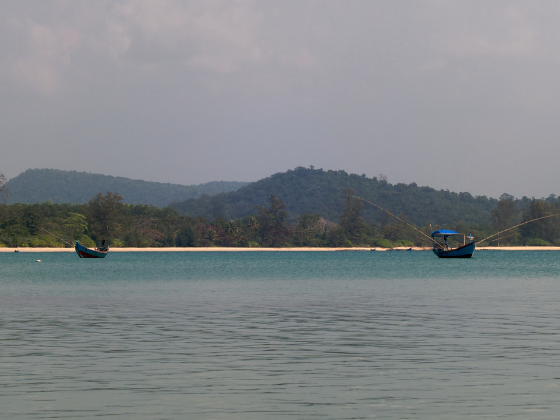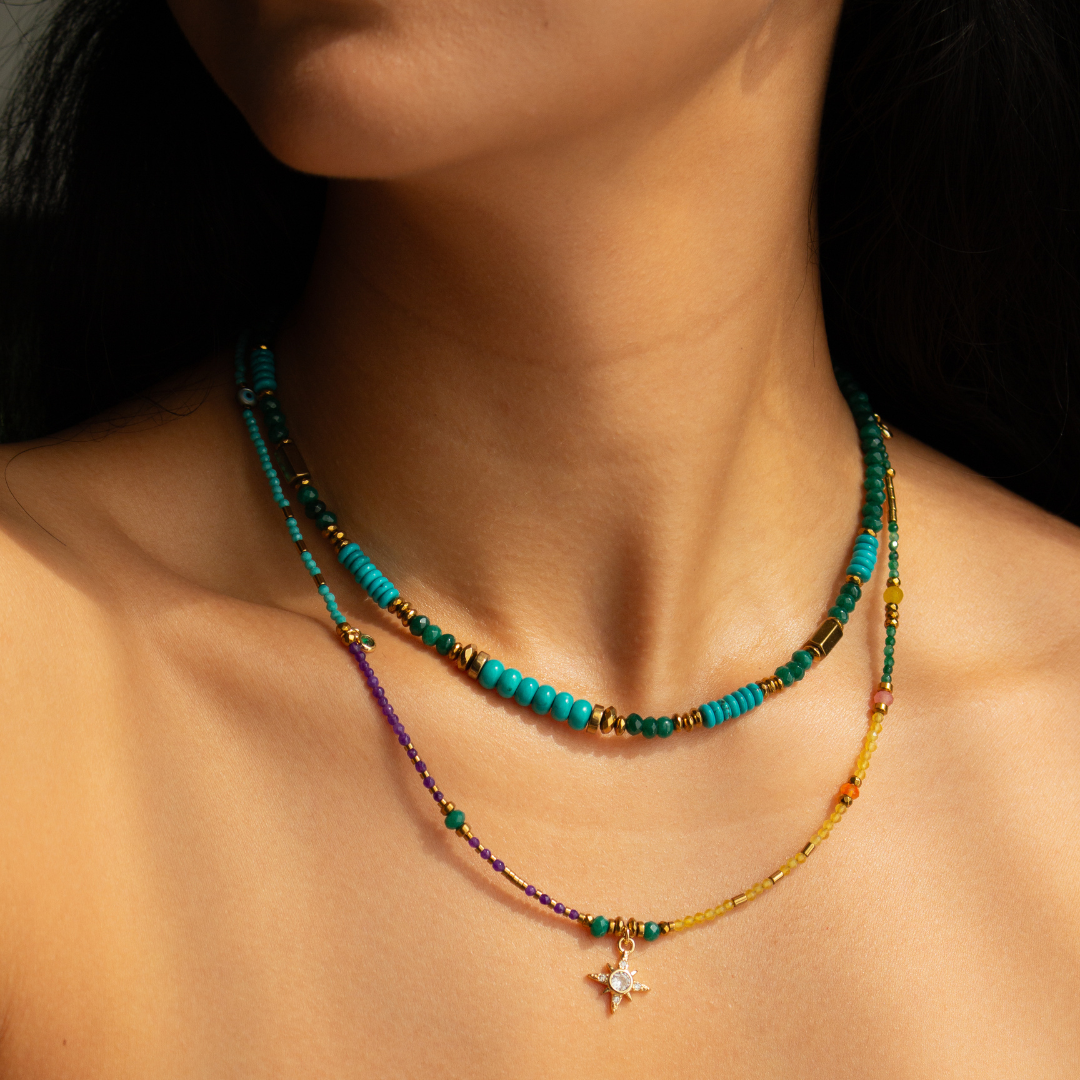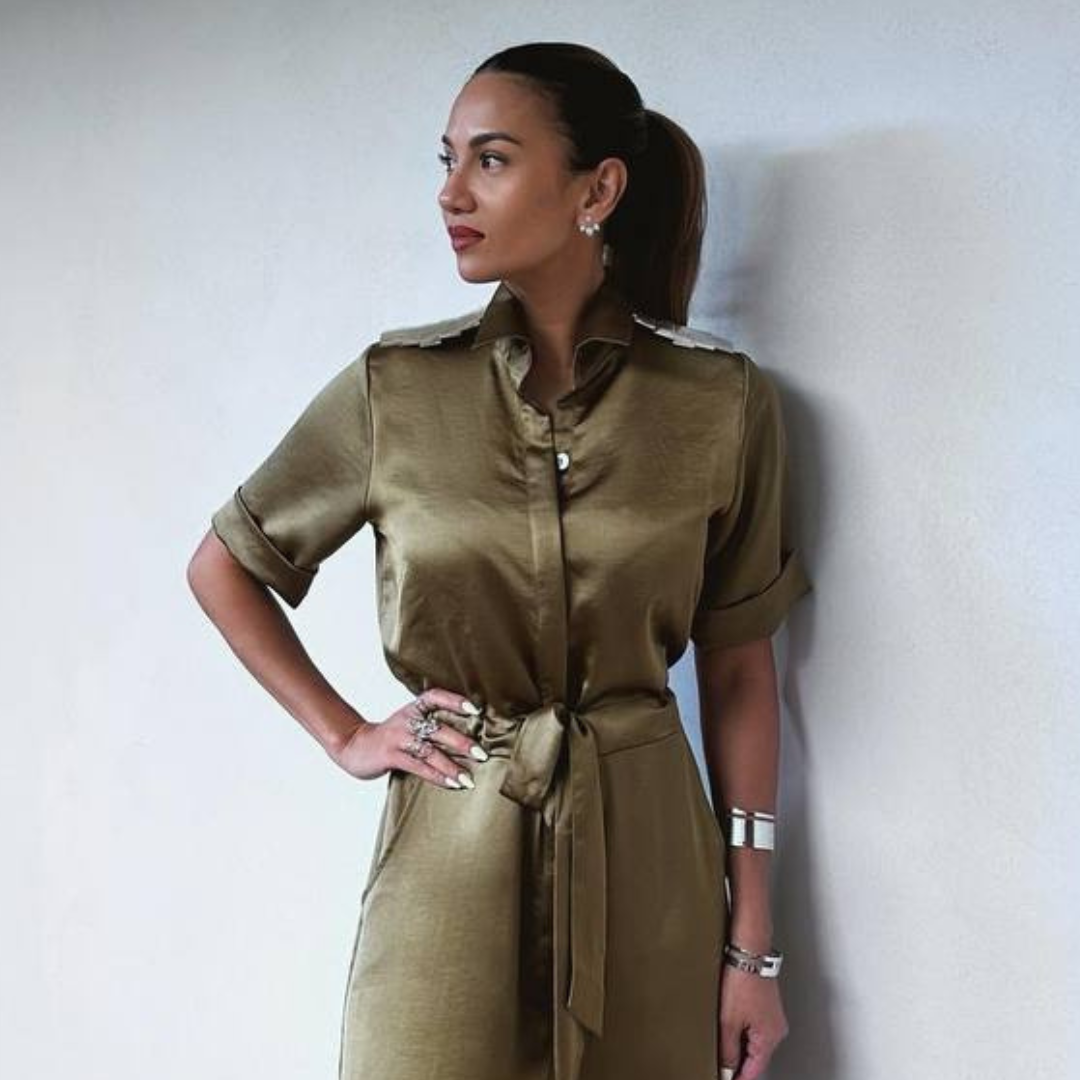By Aisha Hassan on September 21, 2023
Gorgeous prints, innovative fabric, a flattering fit…We’ve been fans (and customers) of Ozero Swimwear for a long time. And when we met the founder Elena during our event at The Datai Langkawi, we grew to love the sustainable swimwear brand even more. Over impromptu content shoots, an open mic, plus Kylie and Elena’s conversations about motherhood, it was clear that Ozero Swimwear fit right into the Dia family.
Beyond aesthetics (the swimsuits are stunning), Ozero Swimwear prioritizes longevity and eco-consciousness in fashion. The sustainable swimwear’s premium fabric is made of repurposed plastic waste, and much care is given to shape retention, environmental resilience, serving different body types, and the ability to mix and match. One look at the Ozero Swimwear collection on Dia and you’ll see the sheer breadth of covetable designs.
Elena is from Russia and first visited Malaysia 15 years ago, but since marrying a Malaysian and having her daughter here, as well as her designs being constructed in Bali, Southeast Asia is truly Elena’s second home. In the interview below, we dive into Ozero Swimwear with Elena herself. Have a read and enjoy.
Tell us about the design process for Ozero Swimwear.
I take my time to create a perfect sample — sometimes the process might take up to 3 months. The bestsellers are always there, but I always try to dedicate each collection to something before creating a moodboard and working with an artist to develop a unique print. Inspiration can come from anywhere; it could be art, memories from childhood, or life in Malaysia. To find the perfect fit for a swimsuit is quite tough and different people prefer different styles, so I try to present a good variety that people can mix and match according to their preferences.
What does sustainability mean to you?
Sustainable swimwear, like any other sustainable fashion brand, is ethically made and environmentally friendly. It’s a short definition but implies a lot: Working conditions in the factory, salaries for the people working there, use of natural resources during production, choice of materials, packaging, distribution, and even marketing (fashion brands that are constantly pushing overconsumption cannot be called sustainable). For me, slow fashion is enjoying every piece of clothing you buy not just once but for several years. That’s why a high quality of product is very important as well.
Tell us about ECONYL and REPREVE. What’s special about these fabrics?
ECONYL® regenerated nylon is a product of Aquafil, a global leader in the synthetic fibres industry based in Italy. It is made by recovering nylon waste — fishing nets from the oceans, fabric scraps from mills and carpets destined for landfill — and turning it into virgin quality nylon yarn. It’s an expensive product, but it saves natural resources and cleans the planet! This yarn is later used for creating fabrics in the fashion industry. I’m working with the Italian factory Carvico, which produces excellent swimwear fabrics; they are impressively comfortable and soft but very durable.
For the print fabrics, I use those that are made with REPREVE® recycled nylon, which is produced from recycled plastic bottles. Both fabrics have superior resistance to degradation from chlorine, creams, and sun oils, so it will stand the test of time if treated right.
Tell us about a few of your favorite pieces.
Currently I love the Victoria Swimsuit Top in Black because it’s such a versatile piece. You can wear it not only to the beach but also out on a daily basis with jeans or pants plus a shirt. My all-time favorite bottom is the Como, because it’s so comfortable and yet perfect for tanning! However, I went on a holiday recently and decided to wear a Sinclair set in Coral Print — I loved it!
Why did you create mix and match pieces rather than complete sets?
Each customer has different preferences, and when you can mix and match tops and bottoms you can easily create your perfect set. I also encourage combinations from different collections so you won’t get bored and can wear them year after year. I am trying to create timeless pieces that won’t come out of fashion easily and can be styled in multiple ways.
Who do you work with in Bali to make Ozero Swimwear?
Before deciding if I will work with a particular factory, I personally visit them to talk to the management or founders. The best part of working with producers in Bali is that most of them are trying to be sustainable and ethical. All employees at the factories I work with are paid over the minimum wage and provided with good working conditions. Everyone is covered with comprehensive health insurance for themselves and their family and paid an extra month salary yearly. Any of the factory’s fabric waste is also recycled again externally.
Tell us about challenges you’ve faced and how you overcame them.
I didn’t have any entrepreneurial experience at all. I had to do my own studies and online research on how to start a fashion label, and I spent a couple of years on that while saving money from my modelling jobs. We are very lucky nowadays that there is plenty of information online. Finding the perfect factory was and is a challenge as well; I even changed factories a couple of times. I’d love to find a local factory in Malaysia but unfortunately there are none here that can work with stretchable fabrics and compete with the quality of those in Bali.
I made a lot of mistakes but they lead to the best lessons. Nobody is immune to making mistakes, but you still have to work hard around that for something great to come out of it.
This interview has been edited for brevity and clarity.

